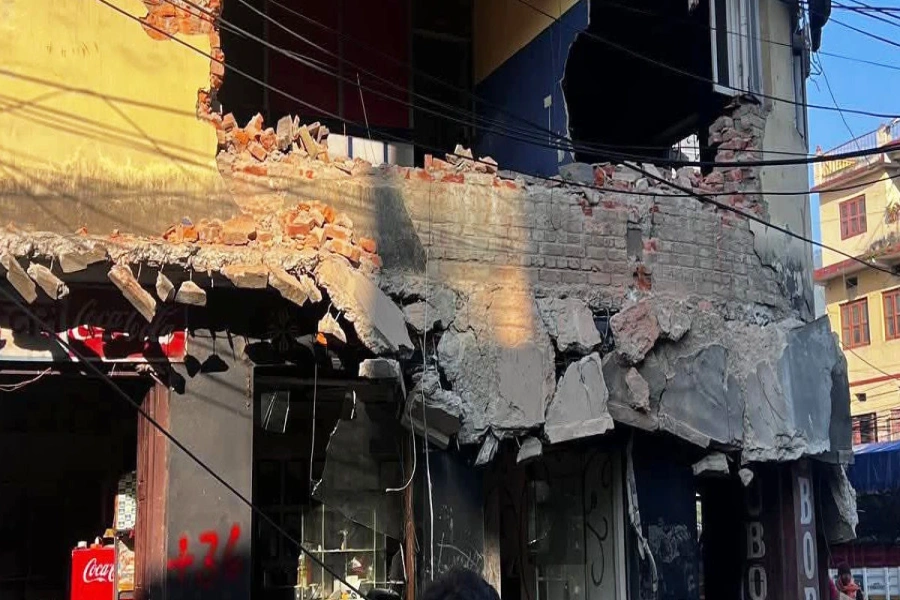Bankers say no reason to worry with the NPL levels
KATHMANDU, Dec 15: A rising trend in non-performing loans (NPLs) of commercial banks point to some emerging vulnerabilities in the banking sector, concludes a recent report of the World Bank.
But the report, entitled Nepal Development Update, also said that the overall NPLs remained low – below the 5 percent level. “The financial sector remains stable, but a rising trend in non-performing loans point to some emerging vulnerabilities,” read the report that was released on Thursday.
NPLs are the loans of banks that are overdue by 90 days. It is measured in ratio of total loans.
Agricultural Development Bank's NPLs exceed regulatory limit, r...

According to the Update, NPLs of 7 out of the 25 private commercial banks rose by 25 percent in the review period.
The increasing trend of NPLs follows a rise in the interest rates of banks. Experts have expressed concerns that skyrocketing interest rates could deteriorate the quality of loans of banks. The elevated lending rates have pushed some borrowers into default, read the report.
The World Bank, however, said that it was not possible to identify the key drivers of deterioration in these seven banks since the Nepal Rastra Bank does not report NPL ratios by sectors.
Bankers, however, say that there is no reason to worry with the current level of NPLs of the Nepali banks.
“Of course, some banks could have seen an uptick in their NPL levels in recent months. A small increment could seem a big jump in percentage. For example, Sanima Bank's NPL grew from 0.08 percent in mid-July to 0.24 percent in mid-October. If you see the NPL rise in percentage, it looks a big jump, which actually is not,” said Bhuvan Kumar Dahal, president-elect of Nepal Bankers' Association (NBA).
“The NPLs of all commercial banks is far below the 5-percent level which rings the alarm bell. In fact, the average industry-level NPL is one of the lowest in South Asia,” said Dahal, who is also the CEO of Sanima Bank Ltd.
The World Bank report also concludes that all banks and financial institutions (BFIs) are well capitalized and meet the capital adequacy ratio (CAR) requirement of 11 percent, indicating that they have capacity or capital cushion to withstand any shock.
Earlier in February, the International Monetary Fund's country surveillance report for Nepal had also warned that the prolonged credit expansion of Nepal's bank and financial institutions over the last few years has likely led to a buildup of credit and liquidity risk.
“In Nepal, prolonged rapid credit expansion raises concerns about the quality of lending and underlying risks in the banking system,” the IMF had said in its findings.






































